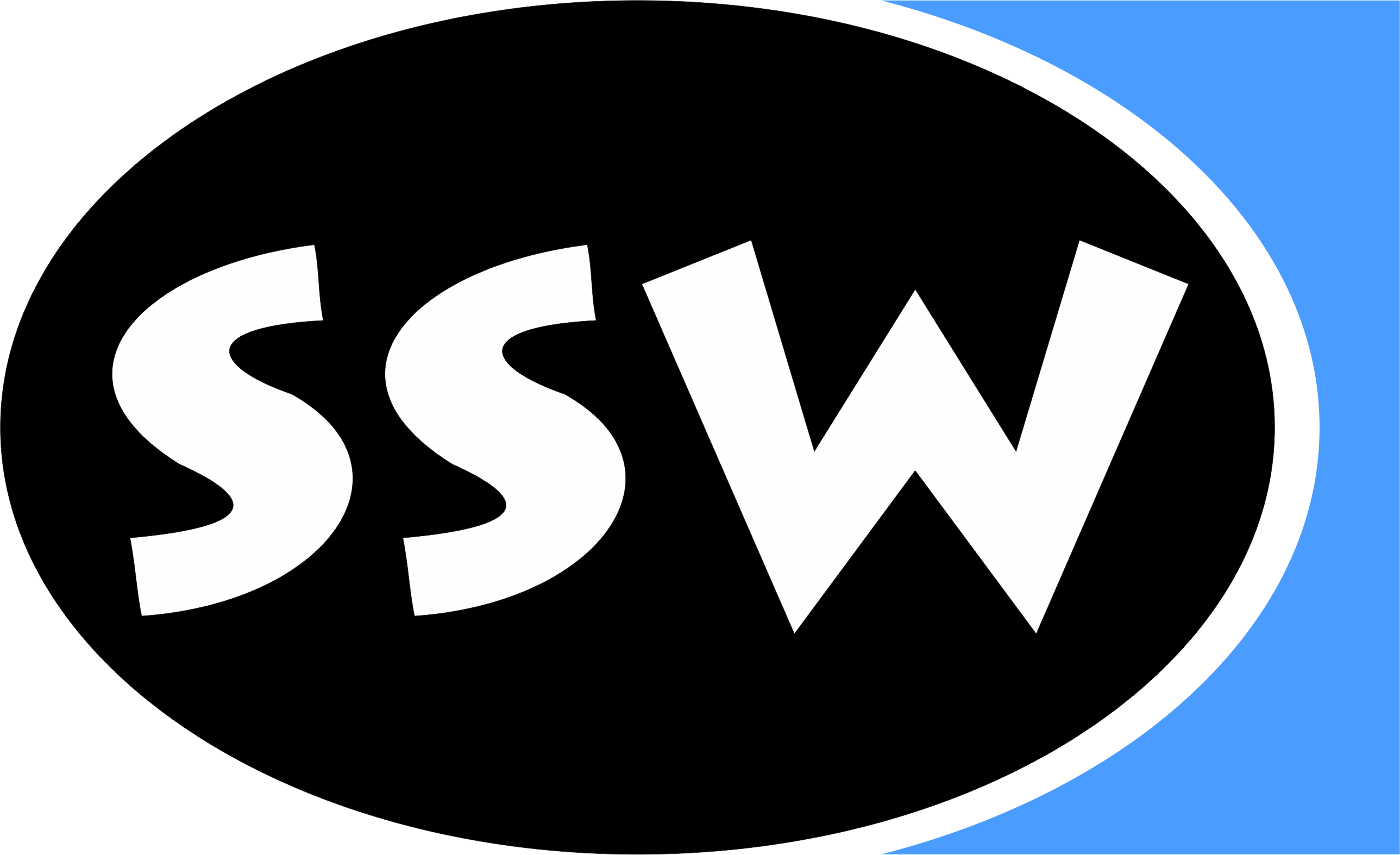



|
Home General Staff Contact Partners Alumni Research Areas Projects Papers Books Reports Awards Teaching Lectures Exams B.Projects M.Theses PhD Theses Go Abroad Misc Talks Library Gallery Links Search Webmaster |
Seminar in Software Engineering: Asynchronous and Reactive Programming Techniques
DescriptionNew kinds of applications in the era of cloud computing and Internet-of-Things applications demand new models of program design. Such applications must handle a large number of user events in a short time, are often directly connected to a dynamic environment, and must continuously respond to changes. The Reactive Manifesto (www.reactivemanifesto.org) established principles for reactive programming. Reactive systems are described as systems that can respond to inputs in a short time (responsive), are resilient to errors (resilient), respond elastically (elastic) to high load, and are predominantly event-driven and asynchronous (message-driven). Recently, a number of new technologies and frameworks have emerged for the realization of reactive systems. While these differ widely in their principal programming models, they share their asynchronous and non-thread-based approach. The goal of this seminar is to explore and compare different approaches to reactive programming. Possible techniques are (will be selected in the first meeting, other technologies possible):
We will form teams of two people and each team will deal with one technology. The seminar will be conducted in the following phases:
|